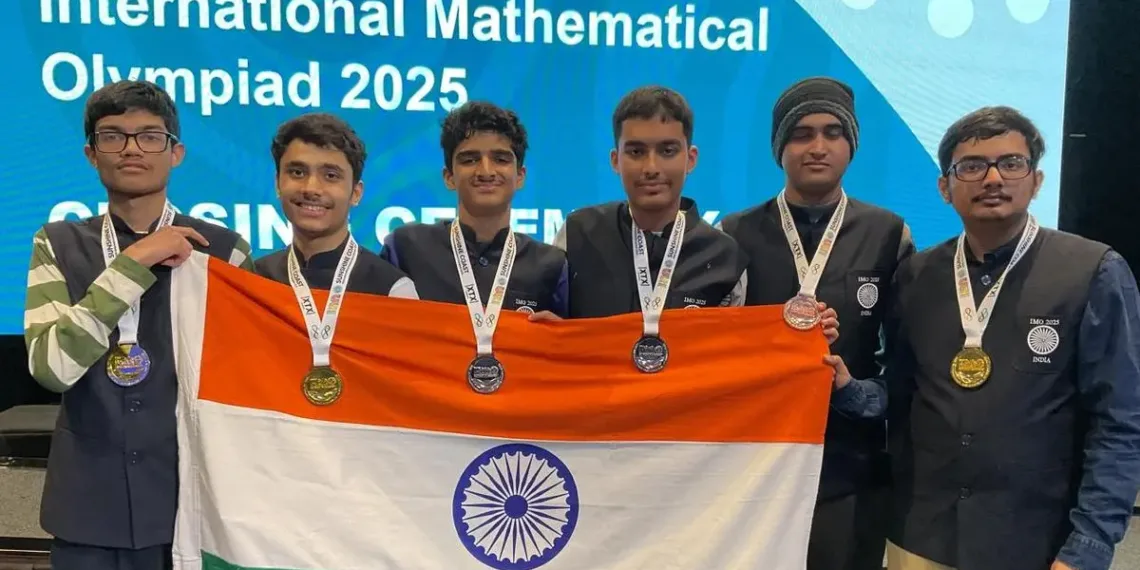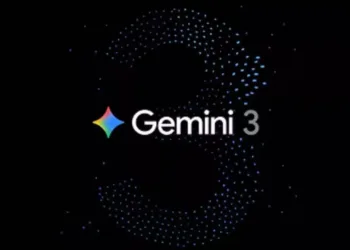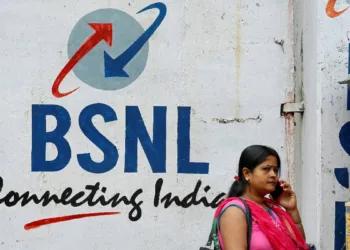India has achieved remarkable success at the 55th International Physics Olympiad (IPhO) 2025, securing an impressive haul of three gold and two silver medals. This outstanding performance demonstrates India’s growing excellence in physics education and positions the country among the top performers in the global academic arena.
The five-member Indian team competed against 415 students from 87 countries, showcasing exceptional talent and dedication in one of the world’s most prestigious physics competitions.
Table of Contents
Indian Medal Winners: Stars of Tomorrow
The Indian contingent delivered an exceptional performance with all five team members securing medals, marking a perfect success rate at the international competition.
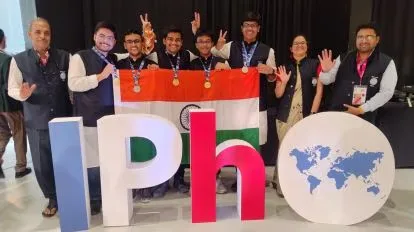
| Medal Type | Student Name | City/State | School Background |
|---|---|---|---|
| Gold | Kanishk Jain | Pune, Maharashtra | Outstanding theoretical performance |
| Gold | Snehil Jha | Jabalpur, Madhya Pradesh | Excellence in problem-solving |
| Gold | Riddhesh Anant Bendale | Indore, Madhya Pradesh | Strong laboratory skills |
| Silver | Aagam Jignesh Shah | India | Consistent performer |
| Silver | Rajit Gupta | India | Promising young talent |
These students represent the pinnacle of physics education in India, having undergone rigorous training through the Homi Bhabha Centre for Science Education (HBCSE) preparation programs.
Global Rankings and Competition Overview
India stood alongside Taiwan, Japan, and Russia in the fifth spot in the medal rankings, demonstrating consistent improvement in international physics competitions. The United States topped the table with five gold medals, while China, South Korea, and Hong Kong shared second place, each with four golds and one silver.
The 55th International Physics Olympiad featured intense competition with students competing as individuals in intensive theoretical and laboratory examinations. The theoretical examination lasted 5 hours and consisted of three challenging questions designed to test deep understanding of physics concepts.
Training and Preparation Excellence
The success of Indian students reflects the comprehensive training provided by HBCSE, which conducts multi-stage selection processes including the National Standard Examination in Physics (NSEP) and the Indian National Physics Olympiad (INPhO).
Students undergo months of intensive preparation covering advanced topics in mechanics, thermodynamics, electromagnetism, optics, atomic physics, and modern physics concepts that extend beyond typical school curricula.
For detailed information about olympiad preparation and selection processes, visit the official HBCSE olympiad website for comprehensive guidelines and resources.
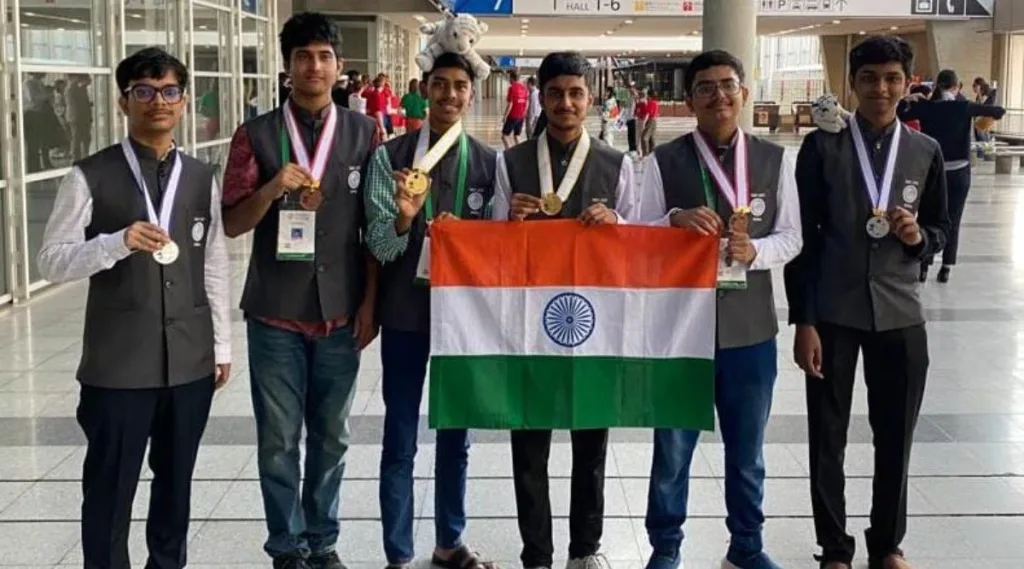
Impact on Indian Science Education
This achievement highlights India’s commitment to nurturing scientific talent and promoting excellence in physics education. The consistent performance in international olympiads demonstrates the effectiveness of India’s systematic approach to identifying and developing young scientific minds.
The medals won by Indian students serve as inspiration for thousands of aspiring physicists across the country, encouraging them to pursue advanced studies in physics and related fields.
For comprehensive coverage of India’s achievements in international academic competitions, explore TechnoSports.co.in’s Education section for the latest updates on student excellence and educational initiatives.
Building Future Scientists
The International Physics Olympiad serves as a crucial platform for identifying future scientists and researchers. Many former olympiad participants have gone on to pursue successful careers in physics research, engineering, and technology development.
India’s strong showing in the 2025 competition builds upon previous successes, including excellent performances in recent years that have established the country as a consistent contender in global physics competitions.
The International Physics Olympiad official website provides detailed information about the competition format, past problems, and participant achievements across different years.
For insights into STEM education trends and policy developments supporting scientific excellence, visit our Science Policy section on TechnoSports.co.in.
Stay updated with India’s achievements in international academic competitions and STEM education developments at TechnoSports.co.in for comprehensive coverage of student excellence and educational policy initiatives.
Frequently Asked Questions (FAQs)
Q1: What is the International Physics Olympiad and how are students selected to represent India?
A1: The International Physics Olympiad (IPhO) is the world’s most prestigious high school physics competition, where students compete individually in theoretical and experimental examinations. Indian students are selected through a multi-stage process including the National Standard Examination in Physics (NSEP), Indian National Physics Olympiad (INPhO), and final selection camps conducted by HBCSE. Only the top 5 students represent India annually.
Q2: What subjects and topics are covered in the International Physics Olympiad examination?
A2: The IPhO examination covers advanced physics topics including classical mechanics, thermodynamics, electromagnetism, waves and optics, atomic and nuclear physics, and modern physics concepts. Students face both theoretical problems requiring deep conceptual understanding and experimental challenges testing laboratory skills. The theoretical examination lasts 5 hours with 3 complex problems, while the experimental portion tests practical physics application skills.

